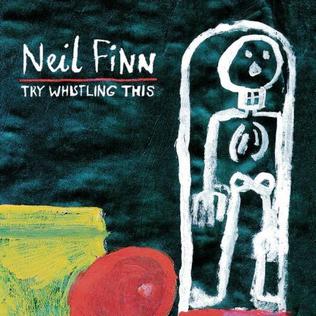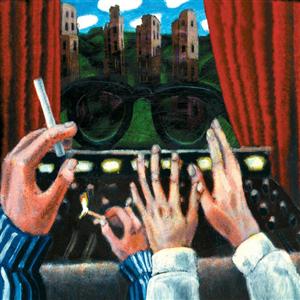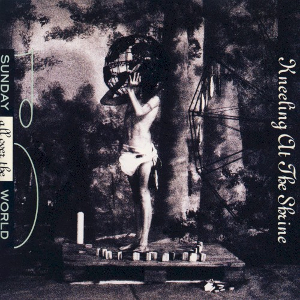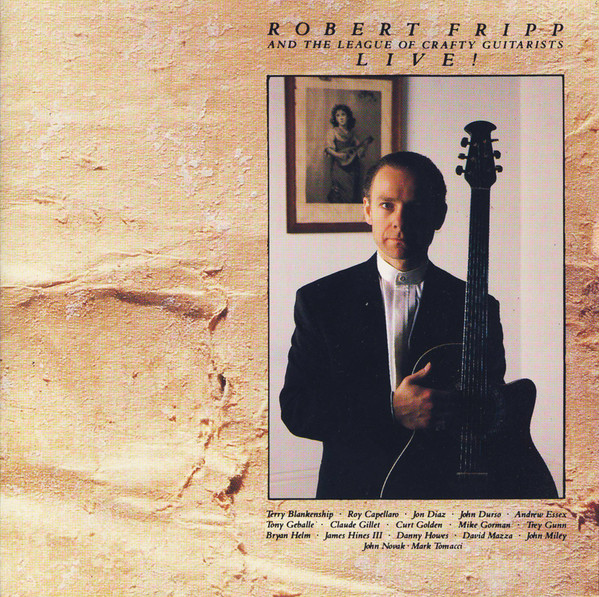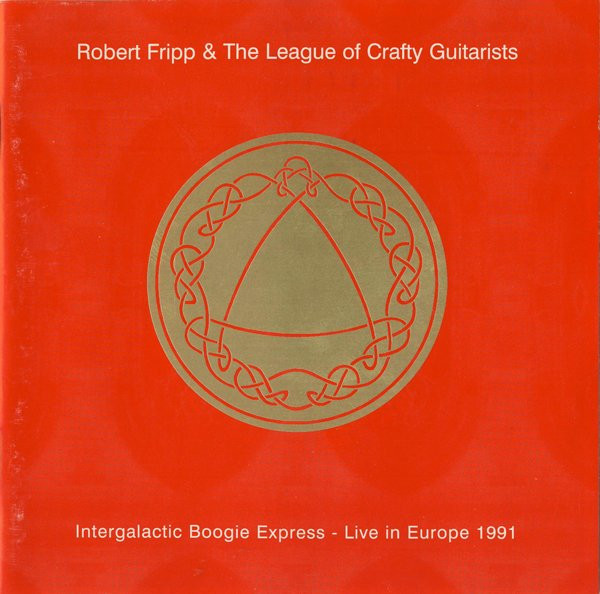Things get challenging right away with “Didja Get Any Onya?” An odd-metered stomp gives way to a monologue with a German accent, a few rounds of “MOO-AH” leading to the song title, and even a segment recognizable to owners of Trout Mask Replica as music from “The Blimp”. There’s an abrupt switch to “Directly From My Heart To You”, an obscure Little Richard B-side sung here by Sugarcane Harris, also on electric violin. Just as that dirty blues comes to a halt, “Prelude To A Sexually Aroused Gas Mask” crashes through atonal chords, snorks and Roy Estrada’s operatic yodeling over a Mozart piece tinkled on electric piano. “Toads Of The Short Forest” has about a minute of tightly constructed music from the studio, before going back to a stage where we hear, Frank tells us, “drummer A playing in 7/8, drummer B playing in 3/4, the bass playing in 3/4, the organ playing in 5/8, the tambourine playing in 3/4, and the alto sax blowing his nose.” A slow jam puddles along until Frank announces a short break. A good way to end the side.
The song titles alone will stick in your head long before the music does, and that’s certainly the case with “The Eric Dolphy Memorial Barbecue”, a tribute to the jazzman wandering from slow to frenetic. “Dwarf Nebula Processional March & Dwarf Nebula” would appear to be a leftover from Uncle Meat, the intro a nice little horn piece, the rest giving way to sped-up and edited tape. “My Guitar Wants To Kill Your Mama” is an alternate take of a song released the year before as attempt to crack the top 40, complete with tasty acoustic solo. “Oh No” is an old melody that had appeared a couple of times on Lumpy Gravy, here given a lyric skewering the “peace and love” statements of the time, with the return of Ray Collins on lead vocalizin’. There’s a seamless jump to “The Orange County Lumber Truck”, which itself seems to have evolved from jams on “Let’s Make The Water Turn Black” and “Harry, You're A Beast”. It’s one of the more tuneful parts of the album, so it only makes sense that it leads to the title track—two minutes of sustained noise before Frank bids the “boys and girls” good night.
It has yet to be determined what exactly else Frank had planned for his multi-disc Mothers retrospective, as he was soon distracted by a new version of the band, new material, and yet another movie. Although Weasels Ripped My Flesh isn’t as immediately accessible as Burnt Weeny Sandwich, the high points are enough to help you endure the more trying moments. Collectors will note that it was the first Zappa album not to be released in a gatefold sleeve; everybody else will agree that the cover is pretty hilarious.
The Mothers Of Invention Weasels Ripped My Flesh (1970)—3½


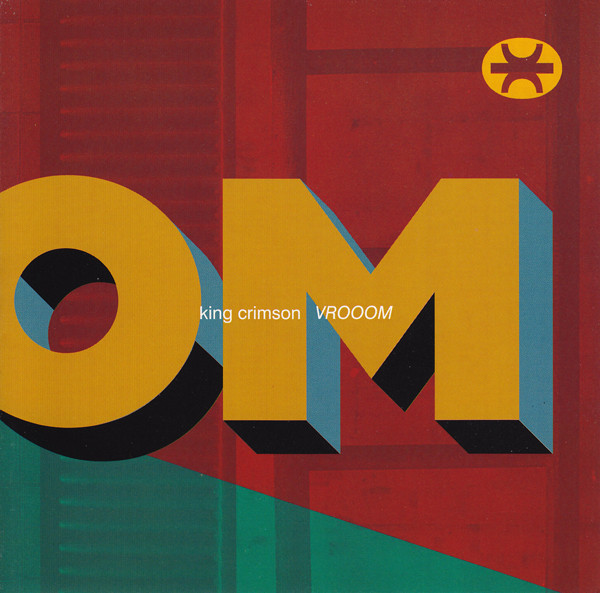

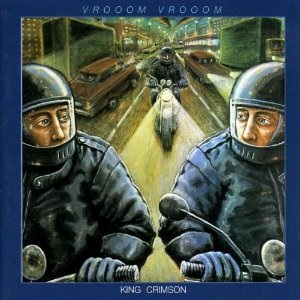


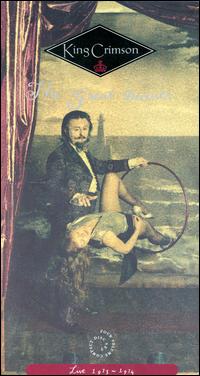

:format(webp):mode_rgb():quality(90)/discogs-images/R-3000653-1574586736-6716.jpeg.jpg)
